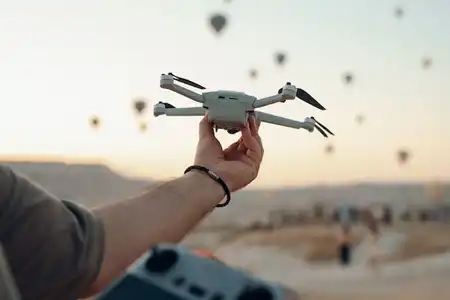As of February 1, 2024, the FAA implemented significant changes to the B4UFLY app, aiming…

Challenges of Operating Drones at Night
Flying drones in the United States at night poses a unique set of challenges that demand specialized skills and heightened awareness from operators. The primary hurdle stems from reduced visibility, significantly impacting the pilot’s ability to navigate safely. Operating in low-light conditions increases the risk of collisions with obstacles or other aircraft, as well as difficulties in accurately judging distances and spatial orientation.
The absence of natural light amplifies the reliance on artificial illumination, such as onboard lights on the drone itself. However, these lights might not always provide sufficient visibility, especially in darker environments or over expansive areas. This limitation heightens the likelihood of losing track of the drone’s position or encountering obstacles that aren’t easily discernible in the dark.
Another critical challenge involves regulatory compliance and safety protocols. The Federal Aviation Administration (FAA) mandates specific requirements for night operations, including the use of anti-collision lights and appropriate pilot certifications. Ensuring adherence to these regulations adds complexity to night-time drone flights and necessitates meticulous planning and preparation.
Moreover, managing the visual line of sight (VLOS) becomes more challenging after sunset. Maintaining a clear line of sight to the drone, as mandated by FAA regulations, becomes progressively difficult in low-light conditions. This restriction can limit the range and scope of operations, affecting tasks like surveillance, search and rescue, or infrastructure inspections that often require extended distances or durations.
Addressing these challenges demands specialized training for pilots to navigate effectively in low-light conditions, incorporating advanced techniques and technologies to enhance visibility and maintain safe operations. Additionally, ongoing advancements in drone technology, including improved sensors and enhanced night-vision capabilities, contribute to mitigating these challenges and expanding the scope of safe and efficient night-time drone operations.



